Field Lines and Equipotential Surfaces
Field Lines and Equipotential Surfaces: Overview
This Topic covers sub-topics such as Equipotential Surfaces, Parallel Plate Capacitors, Electric Lines of Force, Properties of Electric Lines of Force, Properties of Equipotential Surfaces and, Electric Field inside a Parallel Plate Capacitor
Important Questions on Field Lines and Equipotential Surfaces
The two plates of a parallel plate capacitor are apart. A slab of a dielectric, of thickness is introduced between the plates with its faces parallel to them. The distance between the plates is adjusted so that the capacitance of the capacitor becomes equal to its original value. If the new distance between the plates equal , what is the dielectric constant of the dielectric used?
On charging a parallel plate capacitor to a potential V, the spacing between the plates is halved, and a dielectric medium of is introduced between the plates, without disconnecting the d.c. source. Explain, using suitable expressions, how the
(i) capacitance,
(ii) potential difference and
(iii) energy stored in the capacitor change.
If two similar plates, each of area having surface charge densities are separated by a distance in air, write expressions for the potential difference between the plates.
Draw the equipotential surface due to a system of two identical positive charges.
Draw the equipotential surface due to a dipole.
What will be the shape of equipotential surface in case of uniform electric field?
The shape of the equipotential surface due to a point charge is:
Draw electric field lines due to a positive charge and a negative charge.
Sketch line of field due to two identical positive charges placed at a small distance apart in air.
A parallel plate capacitor with air between the plates has a capacitance C. Which one is the new capacitance if the distance between the plates is doubled?
How will the voltage between the two plates of a parallel plate capacitor depend on the distance between the plates, if the charge on the capacitor remains the same?
What is the angle between the electric field and the plane of an equipotential surface?
A parallel plate air condenser has a capacity of . What will be the new capacity (in ), if the distance between two plates is doubled?
Which one of the following statements is not true for electric field lines due to two positive charges situated at a distance in space?
The electric field lines are drawn for two charges and situated at a distance in space, as shown below. Which one of the following statements is true for the charges and ?
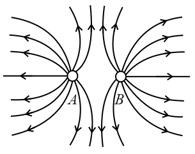
Some equipotential surfaces, which are normal to - plane are shown in the adjoining figure the direction of the electric field is:
(A) 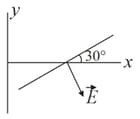
(B) 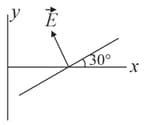
(C) 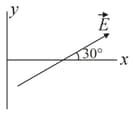
(D) 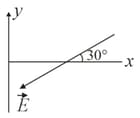
Field lines due to a negative charge are
A parallel plate capacitor is of area and a separation . The gap is filled with three dielectric materials of equal thickness (see figure) with dielectric constant and The dielectric constant of a material which when fully inserted in above capacitor, gives same capacitance would be:

Two parallel plate capacitors are constructed one by a pair of iron plates and the second by a pair of copper plates of same area and same spacing. Then -
The statement "Electric field lines start from positive charge and end at negative charge" is
